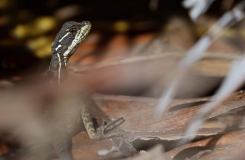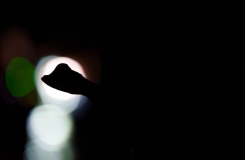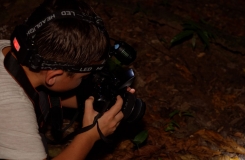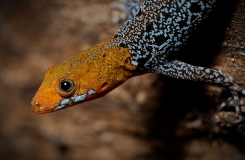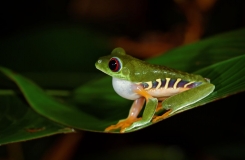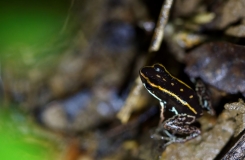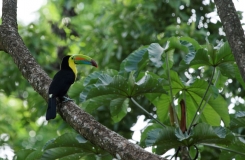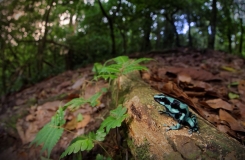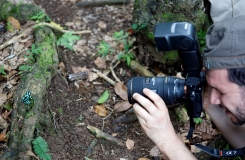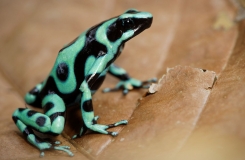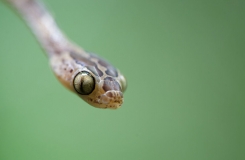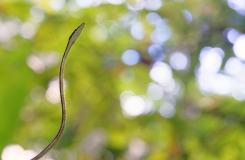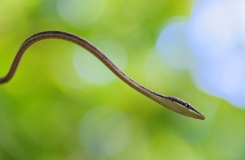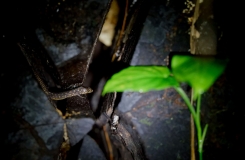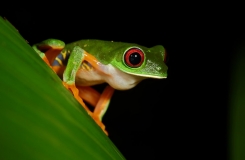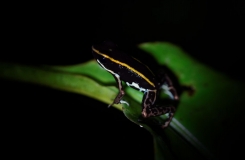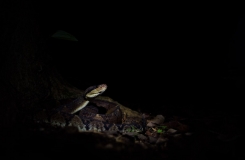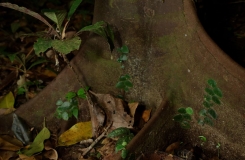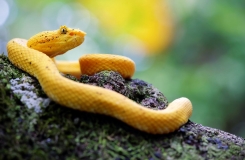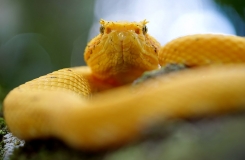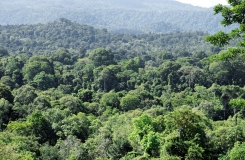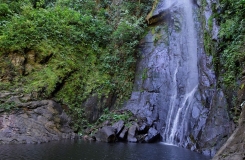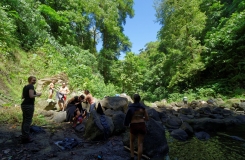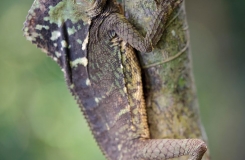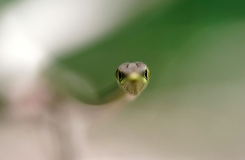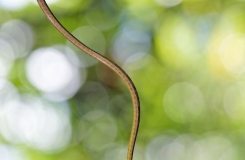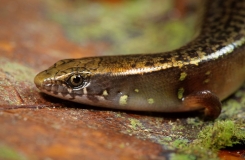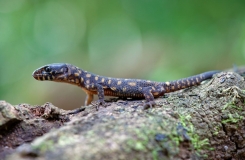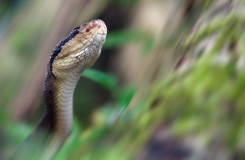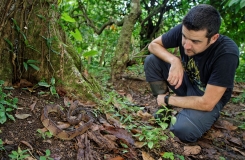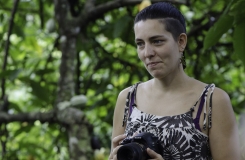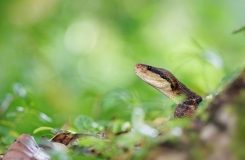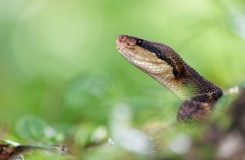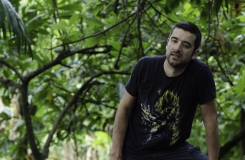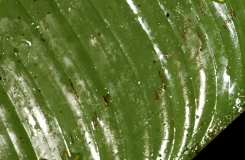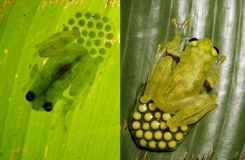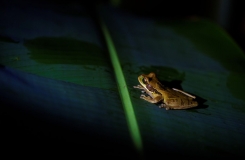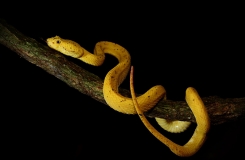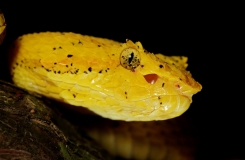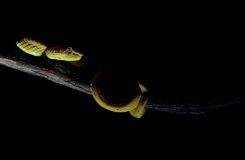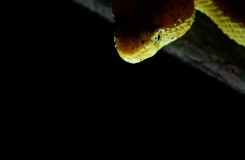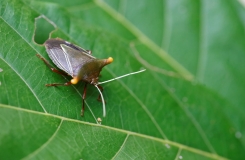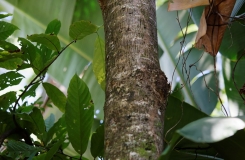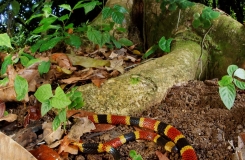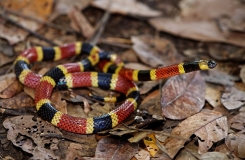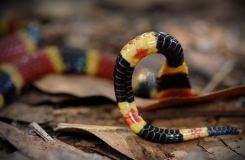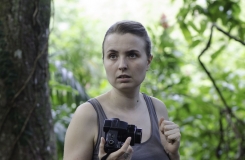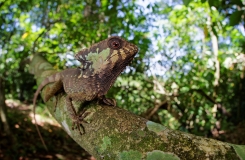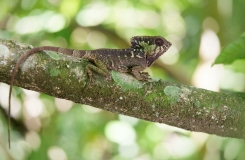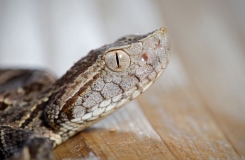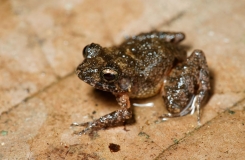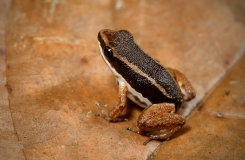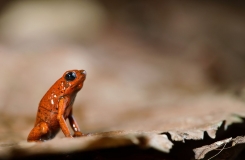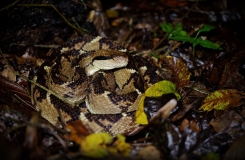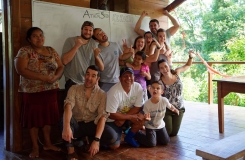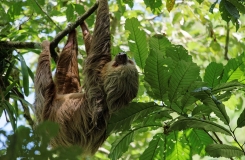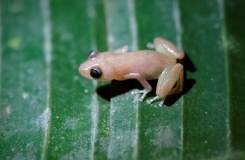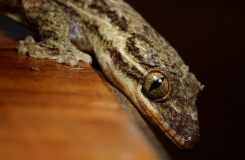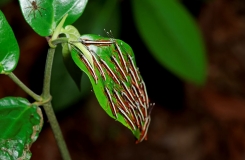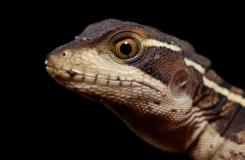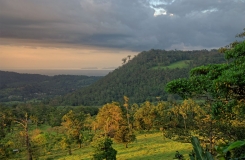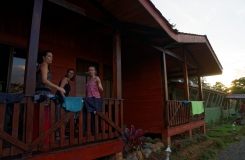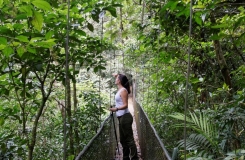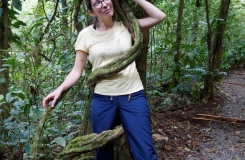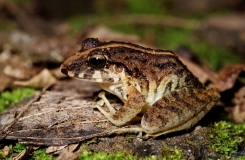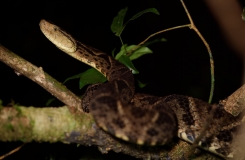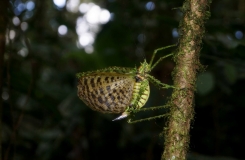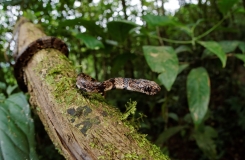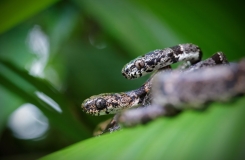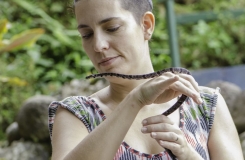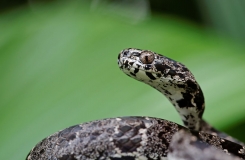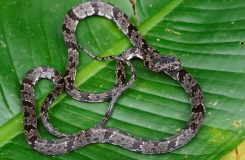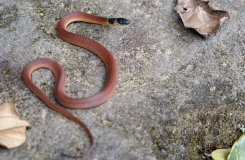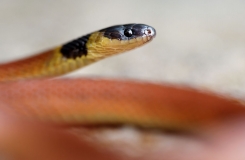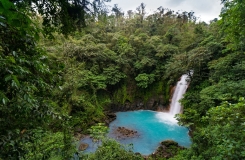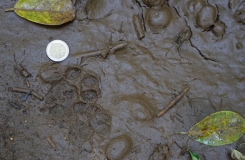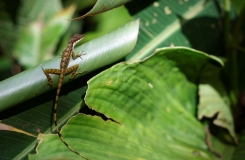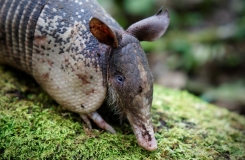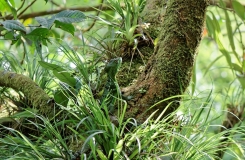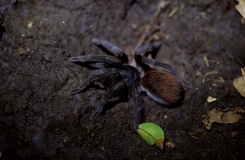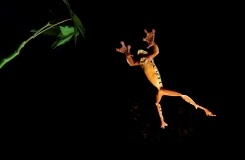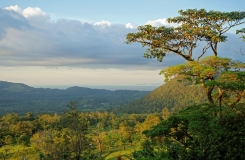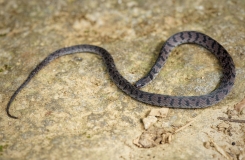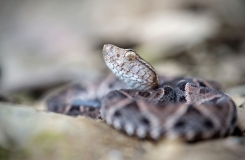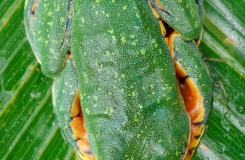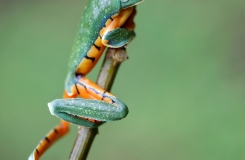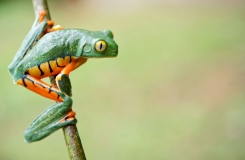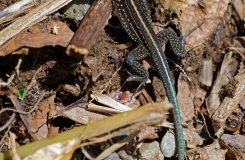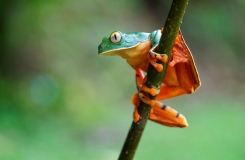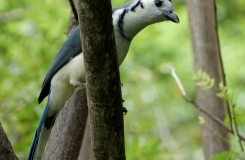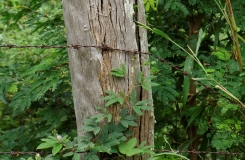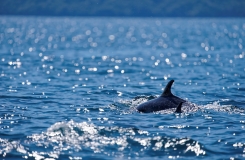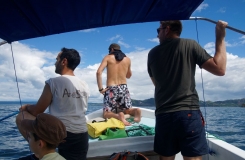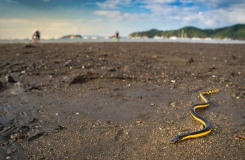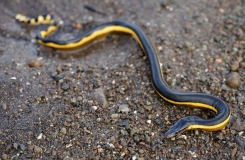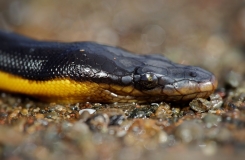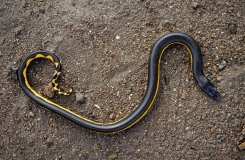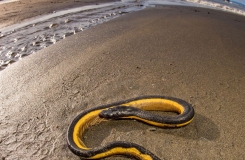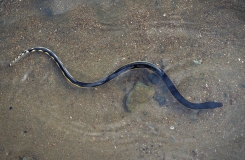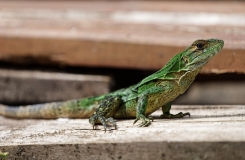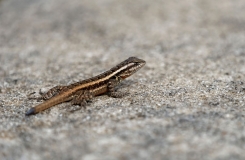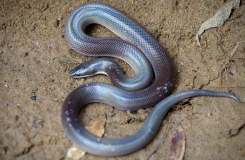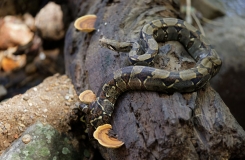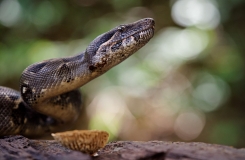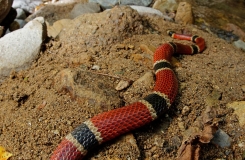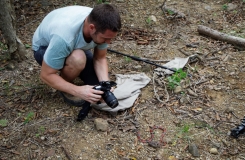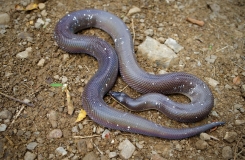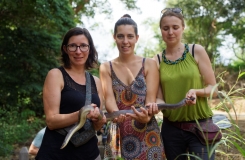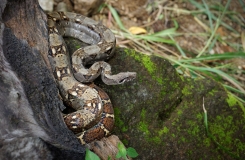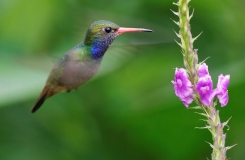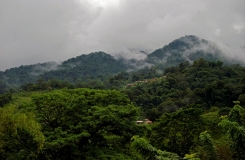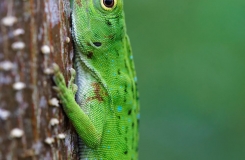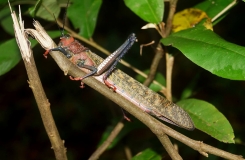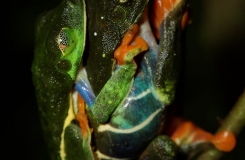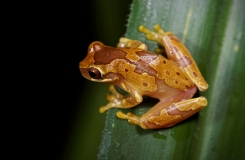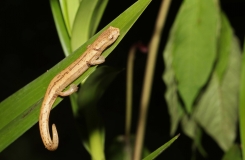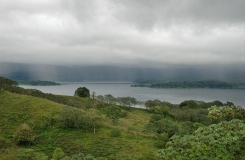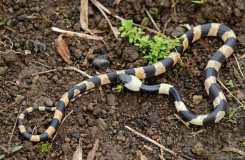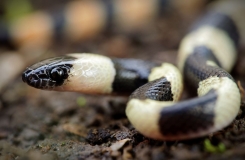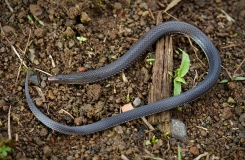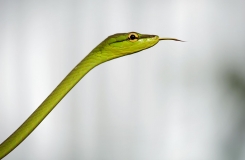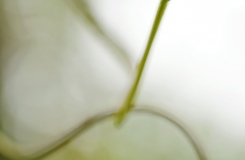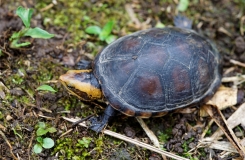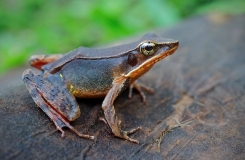Costa Rica is a small country by its size: 51 000 km². On the other hand, in terms of biodiversity, it is simply remarkable. Amphibians and Reptiles alone, we are talking about more than 400 species!
In addition, Costa Rica has focused on green tourism and the preservation of biodiversity. The preserved natural areas are still numerous, and everything is made to welcome naturalists curious about the tropical fauna. We had already visited this country in the past, and it was urgent to return there, to discover the most remarkable species of the country.
We came with a large group: 9 people in two cars. We first went to the south Caribbean coast, then to the north-west of the country and the Pacific coast, and ended near the volcanoes in the center of the country.
The observations hoped for before the trip were at the rendezvous: about 100 species of Amphibians and Reptiles including more than 30 species of snakes, but also birds, mammals, invertebrates in number, shapes and colors more extravagant ones and that the others … We come back with stars in our eyes, memory cards saturated, in summary… it was great!
Here is pictures of this trip that we are not going to forget … Once again, we will come back!
Caraibe coast
The Caribbean coast was aimed at finding an absolutely mythical species of Costa Rica: Lachesis stenophrys, the famous “bushmaster”. The genus Lachesis makes dream a large number of herpetologists. This genus simply shows the largest vipers in the world (we speak about 3m50 for the largest individuals). Despite their large size, Lachesis are extremely discreet species, and few people can boast of having observed in nature this animal … It will be done for us, with the discovery of two individuals including one giant, between two and three meters, just incredible!
These observations have been accompanied by many others: Dendrobates auratus, Bothriechis schlegelii, Agalychnis callydrias, etc.
Guanacaste, on the border of Nicaragua
The second part of the trip concerned the northwest of the country, looking for the local herpetofauna, especially that adapted to the drier habitats of the sector. No Crotalus simus unfortunately, despite all our efforts, but many other species, including some Boa and Micrurus, that col! Also, an excursion at sea allowed us to observe one of the most incredible and most adapted snakes in the world: Hydrophis platurus. This marine snake has reached a level of specialization such that it never returns to the mainland. Viviparous, it breeds and gives birth at sea. It is the only pelagic snake in the world. And to top it off … He is beautiful and graceful in his aquatic element!
Arenal Volcano
Two weeks is very (too!) Short, and here we are already on the road back for a final stop at the foot of the majestic volcano Arenal. This new landscape change has opened our eyes and our hearts to the zenitude that reigns in this small green country. This area, known for its great wealth, was a beautiful discovery of end of stay: again, beautiful species of Reptiles, many Amphibians and in particular the unique species of Urodele of our trip, Bolitoglossa striatula!
Conclusion
Beyond its rich fauna and flora, it is a human journey bathed in calm and serenity that offered us Costa Rica! We went to 9 naturalists / herpetologists and returned to 9 friends, laughter in the head, melodious songs of tropical birds in the ears, and the irresistible smile of the sloth in the pupils. See you soon dear inhabitants of Costa Rica (fauna and humans) and … Pura Vida!
…
And guys… Lachesis stenophrys !!!

Text: Matthieu & Maud Berroneau
Pictures: Robin & Laurent Barthe, Cédric Baudran, Matthieu & Maud Berroneau, Lucie Blondel, Eugénie Le Dahéron, Damien Troquereau
Thanks to Pablo, Tom, Gerrit, Kevin, and all our herp friends for advices. And many thanks to Sebastian and Daniel !

Species list
Amphibians
Bolitoglossa striatula
Agalychnis callidryas
Allobates talamancae
Craugastor bufoniformis
Craugastor crassidigitus
Craugastor fitzingeri
Craugastor gollmeri
Craugastor megacephalus
Craugastor polyptychus
Craugastor sp.
Cruziohyla calcarifer
Dendropsophus microcephalus
Dendropsophus ebraccatus
Dentrobates auratus
Diasporus diastema
Engystomops pustulosus
Hyalinobatrachium valerioi
Hypopachus variolosus
Incilius coccifer
Incilius melanochlorus
Leptodactylus pentadactylus
Leptodactylus poecilochilus
Lithobates taylori
Lithobates warszewitschii
Oophaga pumilio
Phyllobates lugubris
Rhaebo haematiticus
Rhinella marinus
Scinax elaeochrous
Similisca baudinii
Similisca phaeota
Smilisca sordida
Strabomantis bufoniformis
Reptiles
Lizards
Anolis biporcatus
Anolis capito
Anolis oxylophus
Basiliscus pulmifrons
Basiliscus vittatus
Corytophanes cristatus
Ctenosaura similis
Dipoglossus bilobatus
Gonatodes albogularis
Hemydactylus frenatus
Hemydactylus garnotii
Holcosus festivus
Holcosus quadrilineatus
Iguana iguana
Lepidoblepharis xanthostigma
Lepidophyma flavimaculatum
Mabuya unimarginata
Norops carpenteri
Norops polylepis
Norops sp.
Sceloporus variabilis
Sphaerodactylus homolepis
Thecadactylus rapicauda
Snakes
Boa constrictor (2)
Bothriechis schlegelii (1)
Bothrops asper (7)
Coniophanes piceivittis (1 DOR)
Dendrophidion percarinatum (1)
Enulius flavitorques (1)
Geophis hoffmanni (1)
Geophis sp. (1)
Hydrophis platurus (2)
Imantodes cenchoa (11)
Lachesis stenophrys (2)
Lampropeltis triangulatum (1)
Leptodeira annulata (4)
Leptodeira nigrofasciata (1)
Leptodeira septentronialis (1)
Loxocemus bicolor (4)
Masticophis mentovarius (2 DOR)
Mastygodryas melanolomus (2)
Micrurus alleni (2)
Micrurus nigrocinctus (2)
Nina maculata (3)
Ninia sebae (10)
Oxybelis aeneus (2)
Oxybelis brevirostris (2)
Oxybelis fulgidus (1)
Oxyrhopus petolarius (1)
Porthidium ophryomegas (4)
Scaphiodontophis annulatus (1)
Senticolis triaspis (1)
Sibon nebulatus (8)
Trimorphodon biscutatus (4)
Tropidodipsas sartorii (2)
Turtles
Rhinoclemmys funerea (7)
Tortue marine (dead one)
Mammals (non-exhaustive list)
Didelphis marsupialis
Bradypus variegatus
Choloepus hoffmanni
Dasypus novemcinctus
Cebus capucinus
Alouatta palliata
Ateles geoffroyi
Sciurus variegatoides
Dasyprocta punctata
Urocyon cinereoargenteus
Canis latrans
Procyon lotor
Nasua narica
Potos flavus
Odocoileus virginianus
Spilogale putorius
Saimiri sciureus
Uroderma bilobatum
Birds (non-exhaustive list)
Pelecanus occidentales
Mesembrinibis cayennensis
Cathartes aura
Coragyps atratus
Herpetotheres cachinnans
Trogon massena
Ramphastos sulfuratus
Melanerpes Pucherani
Rufous motmot
Nyctidromus albicollis ?
Fregata magnificens?
Phalacrocorax brasilianus
Pelecanus occidentalis
Caracara cheriway
Burhinus bistriatus ?
Tyto alba
Melanerpes hoffmannii
Pitangus sulphuratus
Calocitta formosa
Psarocolius montezuma
Ramphocelus costaricensis
Ara macai
Chordeiles acutipennis
Phaethornis strigularis
Piranga rubra
Ramphastos ambiguus





